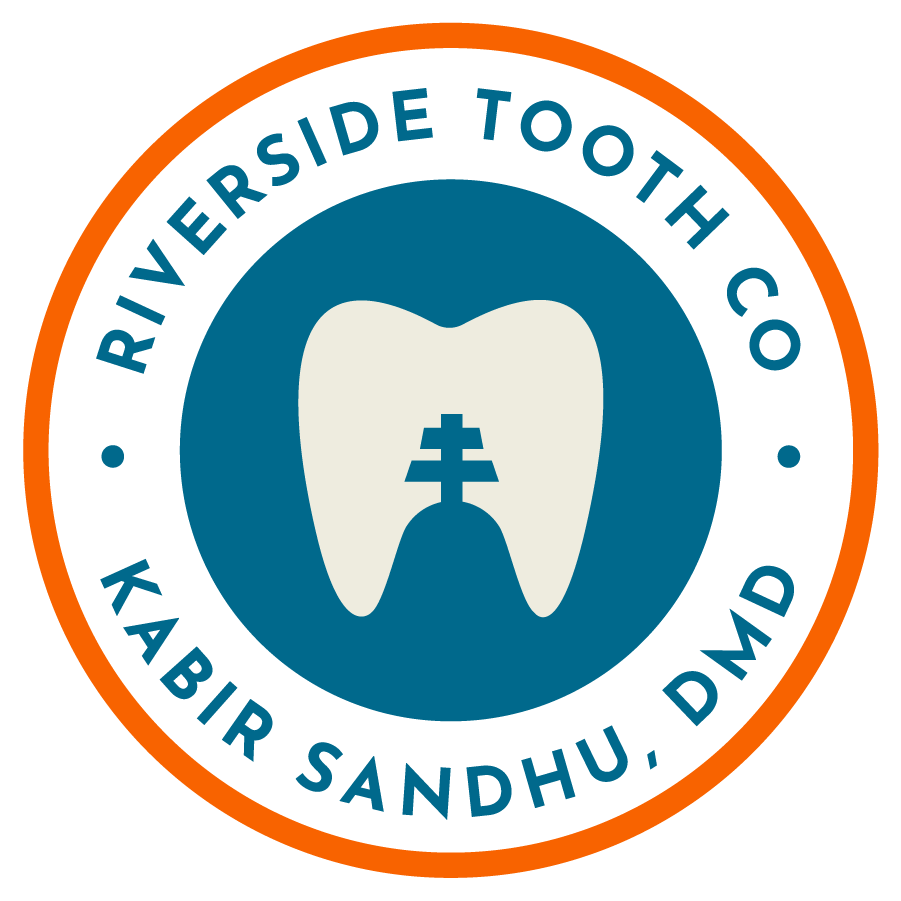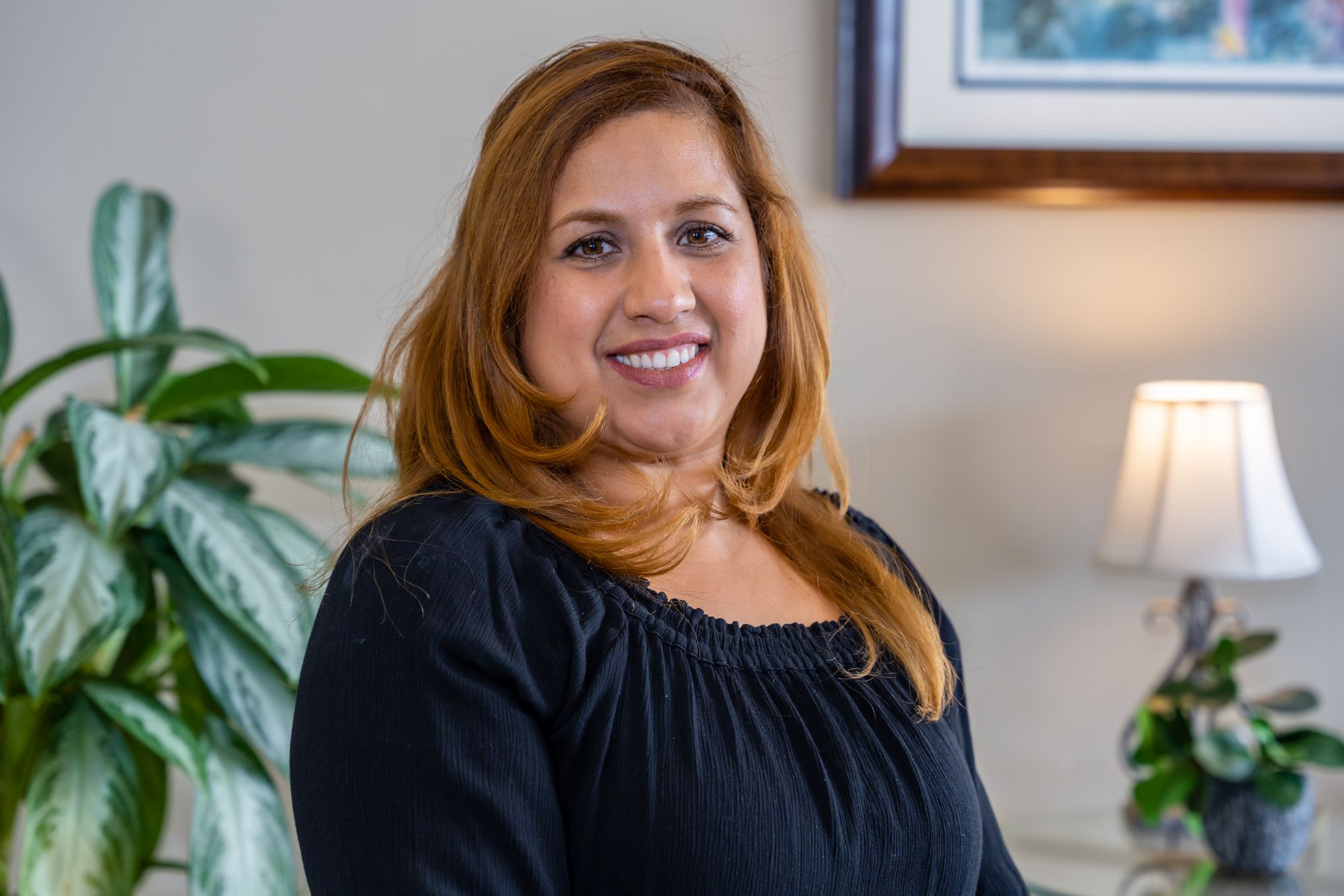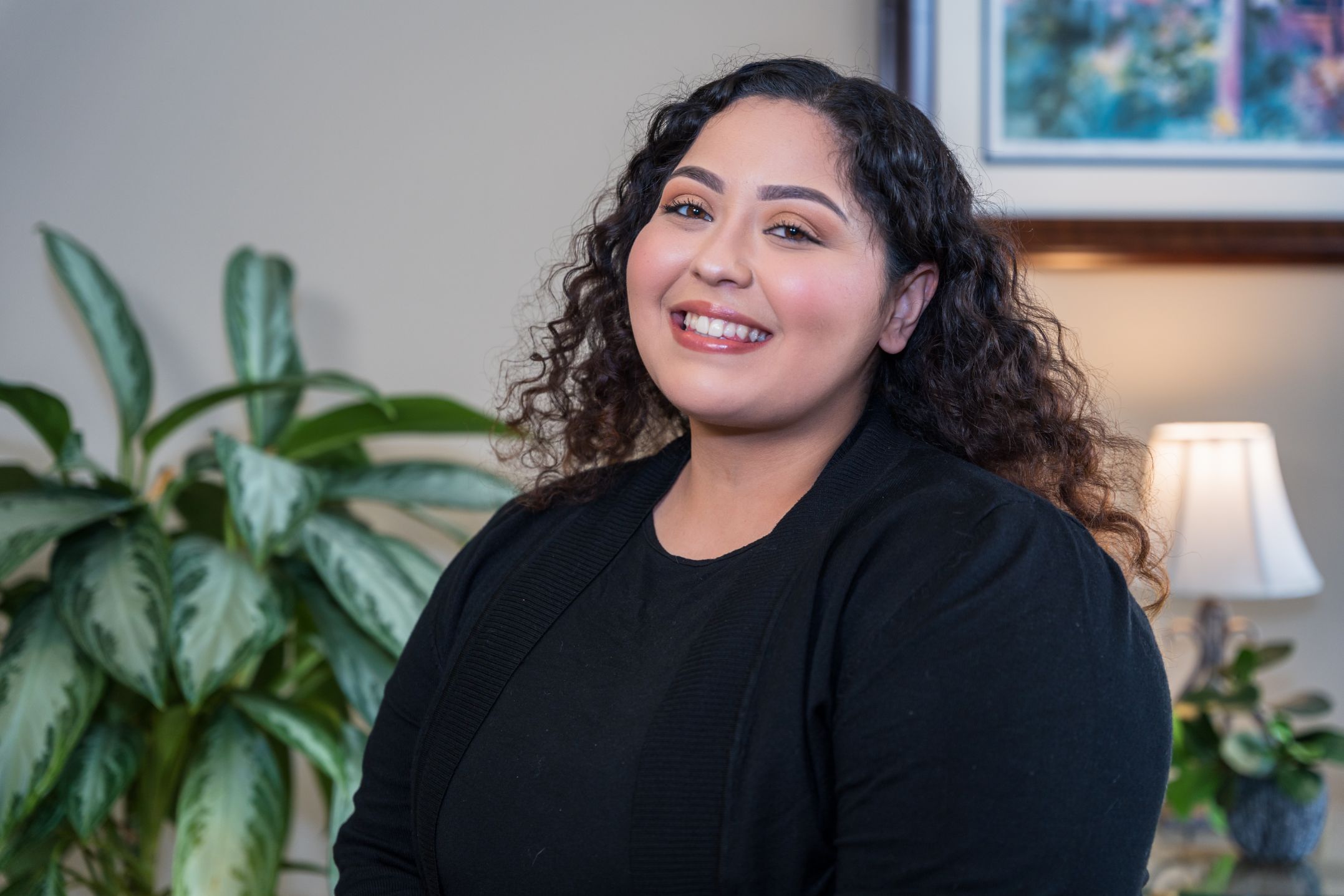Bone Grafting in Riverside, CA
Bone grafting is a surgical procedure that involves replacing missing or damaged bone with new bone tissue. It is commonly used in dentistry to help restore bone in the jaw that has been lost due to tooth loss, gum disease, or injury.
Reasons for Bone Grafting
When it comes to dental health, bone grafting is a procedure that can greatly benefit those who have experienced bone loss in their jaw. There are several reasons why someone may need a bone graft, and each case is unique.
- One common reason for bone grafting is tooth loss. When a tooth is missing or extracted, the surrounding bone can begin to deteriorate over time. This can lead to structural issues and make it difficult or impossible to place dental implants.
- Another reason for bone grafting is periodontal disease. This gum infection not only affects the soft tissues of the mouth but can also damage the underlying jawbone. In severe cases, bone grafting may be necessary to restore strength and stability.
- In some cases, trauma or injury can cause significant damage to the jawbone. Whether from a sports accident or a car collision, fractures or breaks in the jaw may require surgical intervention with a bone graft.
- Additionally, certain medical conditions such as cancer or congenital defects can result in compromised jawbone structure. In these instances, bone grafts help rebuild and strengthen the affected area.
There are diverse reasons why one might undergo a bone graft procedure. It's always best to consult with an oral surgeon who will assess your specific situation and determine if this treatment option is suitable for you.
Types of Bone Grafts
When it comes to bone grafting, there are several types of grafts that can be used to restore and strengthen bones. Each type has its own unique properties and advantages, depending on the specific needs of the patient.
- One common type is autograft, which involves using a patient's own bone as the graft material. This is often considered the gold standard because it has a high success rate and minimizes the risk of rejection or infection. Another option is allograft, where donor bone from another person is used. Allografts are readily available and eliminate the need for additional surgery to harvest bone from the patient's body.
- Synthetic grafts, made from materials such as ceramic or demineralized bone matrix, offer an alternative when natural options are limited. These synthetic materials can promote new bone growth and eventually integrate with existing bone tissue.
- In some cases, a combination of different graft materials may be used to achieve optimal results. This could involve mixing autograft or allograft with synthetic materials in order to harness their respective benefits.
The Process of Bone Grafting
The process of bone grafting is a complex and delicate procedure that involves the transplantation of bone tissue to repair or regenerate damaged bones. It is commonly used in orthopedic surgeries, dental implant procedures, and reconstructive surgeries.
During the bone grafting process, the surgeon will first assess the patient's condition and determine the appropriate type of bone graft to be used. This can include autografts (bone taken from another part of the patient's body), allografts (bone taken from a donor), or synthetic substitutes. Next, the surgical site is prepared by removing any damaged or diseased tissue. The donor bone or substitute material is then carefully placed into the prepared site and secured with screws, wires, or plates. In some cases, growth factors may also be applied to enhance healing. After the graft has been placed, it takes time for new bone cells to grow and integrate with existing tissues. The patient will need to follow strict post-operative instructions provided by their surgeon, which may include immobilization techniques such as casting or bracing. Over time, as healing progresses and new bone formation occurs, patients can expect improved function and stability in their affected area. However, it's important to note that each individual's recovery timeline may vary depending on factors such as age, overall health status, and specific surgical goals.
Conclusion
Bone grafting is a highly effective procedure that has revolutionized the field of dentistry. Whether you require it for dental implants or to repair bone defects, bone grafting can provide a solution to restore your oral health and improve your quality of life.
By understanding the reasons for bone grafting, such as tooth loss, gum disease, or trauma, you can take proactive steps toward addressing these issues. The different types of bone grafts offer flexibility in choosing the most suitable option based on your specific needs and circumstances.
Remember to consult with a qualified dental professional who specializes in oral surgery if you are considering undergoing a bone grafting procedure. They will be able to assess your unique situation and recommend the best course of action. If you’re interested in learning more about how we can help improve your smile’s health and function, contact the Dentist in Riverside, CA at Riverside Tooth Co. at 6886 Indiana Ave Suite B, Riverside 92506, or call (951) 686-2565.
Contact Us
6886 Indiana Ave Suite B,
Riverside, CA, CA, 92506
Email: info@riversidetoothco.com
Phone: (951) 686-2565
Working Hours
MON8:00 am - 5:00 pm
TUE - THU9:00 am - 6:00 pm
FRI7:00 am - 12:00 pm
SAT - SUNClosed









































